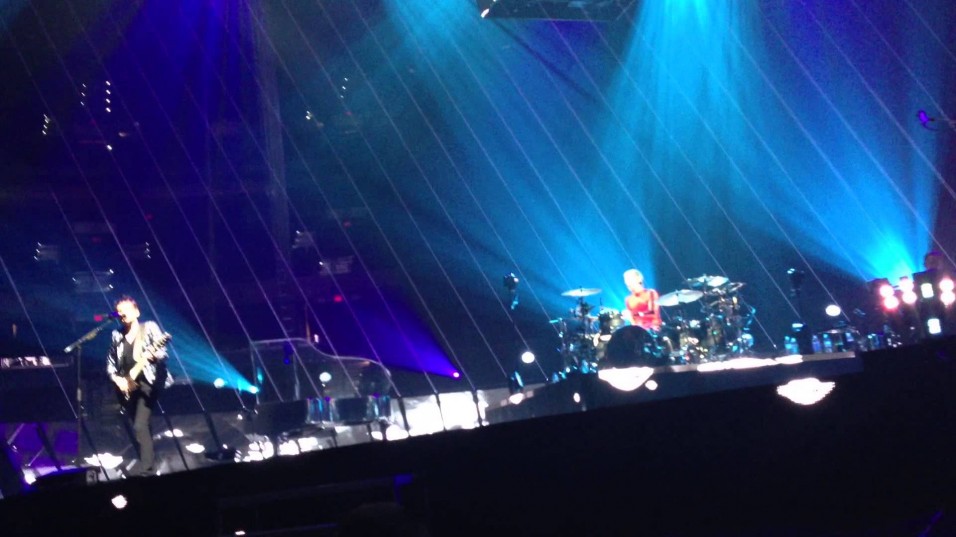Operate time is a important trait to examine whenever selecting an LED torch or headlamp. Run period measures just how lengthy a flashlight or headlamp will work on 1 set of batteries. This particular measurement is important for a lot of different reasons. For instance, a passionate fisherman may select an LED torch based on run period because he hates changing out batteries during out-back fishing expeditions. In the wilderness or home crisis, especially if batteries are usually scarce, your flashlight’s operate time could become the critical factor in your own survival. Every consumer may appreciate run time becoming an indication of the flashlight’s efficiency; well produced models will typically function longer run times.
Exactly how Run Time is Assessed
The American National Requirements Institute’s (ANSI) flashlight rankings include a logo intended for run time. The regular design, which manufacturers may display on the product packaging, lists the hours or even minutes an incandescent or even LED flashlight can operate on one set associated with batteries. Usable power is usually defined as 10 percent of original light result; therefore, run time is usually calculated from the second the flashlight is switched on at full energy until it emits simply 10 percent of the original beam.
However, a few flashlight and headlamp producers prefer measuring run period differently. That’s because numerous LED flashlights and headlamps continue to be very bright at 10 percent of their original energy. For example, a top of the line headlamp could shine three hundred and fifty lumens at full energy; 10 percent of this quantity would be 35 lumens – still a functional amount of light. In order to accurately describe their torches’ run times, some producers instead measure the quantity of time that the flashlight can run whilst providing the light associated with the full moon from two meters. This actually is considered the uncovered minimum quantity of gentle required for emergency circumstances.
Run Time Drivers
Presently there are various factors that will influence a flashlight’s operate time, including:
External heat range. Extreme cold or high temperature effects battery performance. BROUGHT flashlight or headlamp product packaging doesn’t typically include operate time information for severe temperatures, but it’s sensible to keep this sensation in mind while making use of your flashlight.
Number associated with LED chips. More BROUGHT chips create more lighting that can reach further into the dark. Nevertheless, more LED chips furthermore require more batteries in order to sustain run time.
Lighting. You are able in order to conserve battery power simply by using flashlights on cheaper brightness settings. Typically, operate time is measured in accordance to the brightest offered setting, so you need to be able to prolong your LED flashlight’s operate time by using the dimmer setting.
Number plus size of batteries. Torch designers realize that they will must add more electric batteries to extend run period. Similarly, larger batteries raise power levels. LED torch engineers must balance item weight, high battery expenses to the consumer end, plus run time. The dimension and quantity of batteries needed is something to discover as you select a good LED flashlight.
Do not really mistake run time along with LED life. Run period explains how long the flashlight can operate upon one set of electric batteries. LED life measures simply how long the DIRECTED bulbs in each torch will function. For the fair comparison of operate time, compare LED lights using the ANSI FL1 Standard. If the headlamp or LED flashlight you aren’t considering doesn’t display the particular ANSI standard, see in case you can find the comparable measurement, such because the quantity of hours the particular product will run till its output System. Sketching. Bitmap the full celestial satellite.

